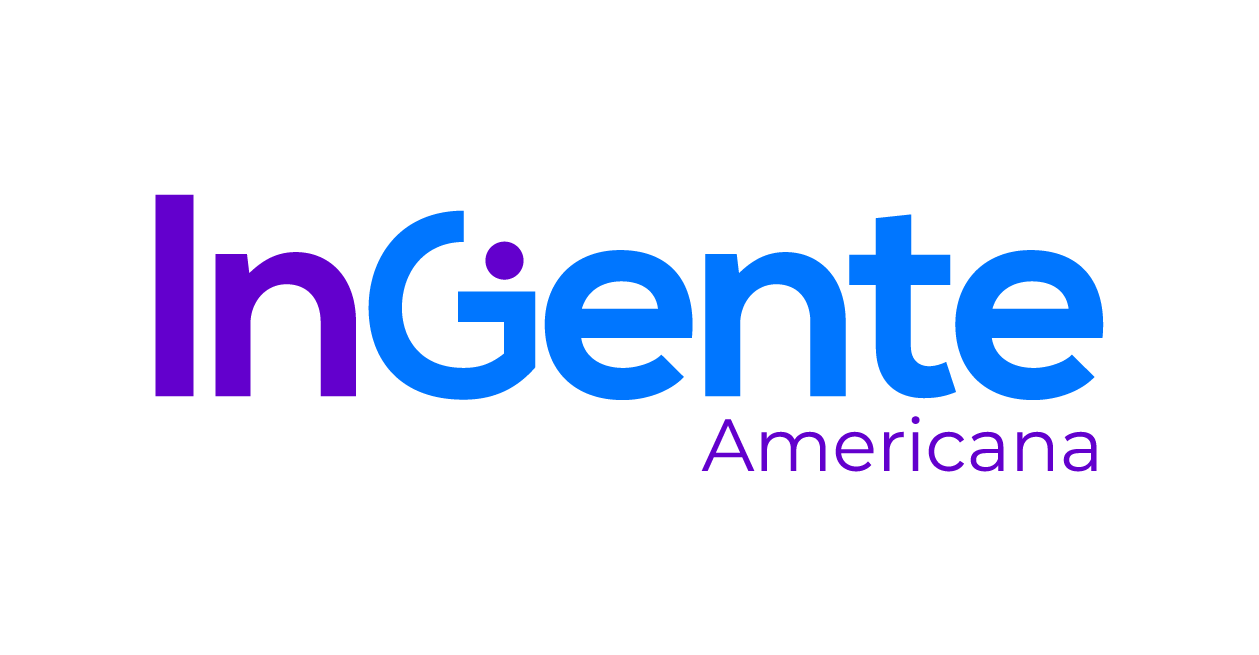Sobre la revista
Enfoque y alcance
INGENTE AMERICANA identificada con ISSN-e: 2954-5463, es una revista científica con su área de difusión y conocimiento en todas las ramas de la Ingeniería y la tecnología. La revista es un órgano académico construido para compartir y socializar los resultados de investigación con toda la comunidad científica nacional e internacional y demás comunidades afines que, de una u otra manera, tratan de forjar ese espíritu, de propagar las ciencias aplicadas con esplendor. El objetivo es informar y promover la gestión del conocimiento a través de la investigación, el debate disciplinar y metodológico en los estudios de las Ingenierías y las tecnologías en la comunidad académica, científica y en general a nivel, local, nacional e internacional. La revista adopta el uso de la norma IEEE para la citación y referenciación de los artículos.
FRECUENCIA: La revista adoptar el modelo de publicación continua con cortes de números y volúmenes anuales, la revista recibe artículos durante todo el año con base en las temáticas establecidas en las convocatorias y establece unas fechas de corte para cada número que se programa.
Tipología de los artículos:
Editorial. Podrán ser de contenido científico o de opinión. Los editoriales científicos suponen una rigurosa puesta al día o una puntualización interesante sobre determinado tema científico. Según criterio del editor se hacen invitaciones a editores para que participen en la revista.
Artículo de investigación científica y tecnológica: Documento que presenta, de manera detallada, los resultados originales de proyectos terminados de investigación. La estructura del artículo debe tener los siguientes apartes: introducción, metodología, resultados, discusión, conclusiones, bibliografía (sólo se incluye bibliografía citada en el texto)
Artículo de reflexión: Documento que presenta resultados de investigación terminada desde una perspectiva analítica, interpretativa o crítica del autor, sobre un tema específico, recurriendo a fuentes originales.
Artículo de revisión: Documento resultado de una investigación terminada donde se analizan, sistematizan e integran los resultados de investigaciones publicadas o no publicadas, sobre un campo en ciencia o tecnología, con el fin de dar cuenta de los avances y las tendencias de desarrollo.
Cartas del editor. Esta sección abre la posibilidad a los lectores de contar con un espacio donde realizar breves comentarios en acuerdo o desacuerdo con aspectos contenidos en los trabajos publicados y que pueden estar relacionados con interpretaciones, conceptos, metodologías, resultados, etc., sobre artículos publicados en la Revista.
Gestión Editorial
La gestión Editorial se estructurará en tres partes:
- Procesamiento de convocatorias que consiste en divulgar ante la comunidad científica y académica de disposición de los organizadores y gestores de la revista, la apertura de convocatoria en los plazos definidos en los calendarios de la revista.
- Proceso de revisión profunda del artículo o artículos, por medio de criterios técnicos científicos con la ayuda de pares o árbitros académicos y científicos, y alistamiento para la publicación.
- Proceso de publicación y divulgación en el cual se afina el proceso de revisión a nivel del director de la revista y el editor para la Actualización de la Publicación y se encarga del proceso de distribución y divulgación. En este proceso interviene activamente el departamento de comunicaciones y el comité científico institucional el cual aprueba la impresión final de la revista.





